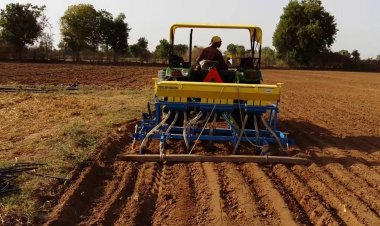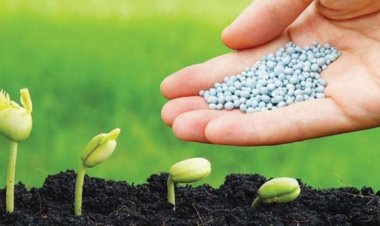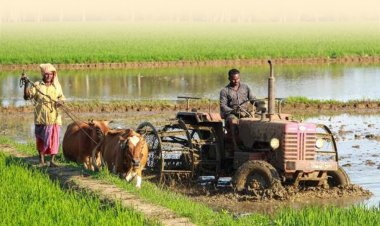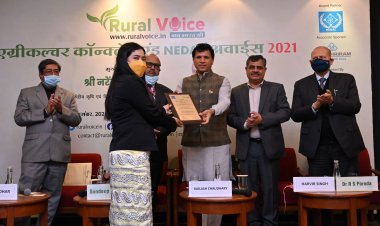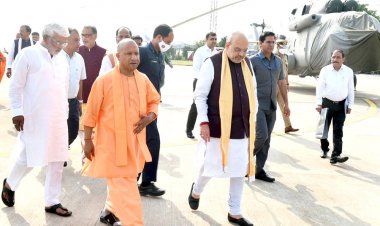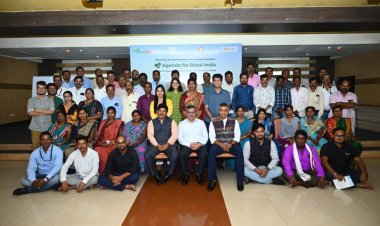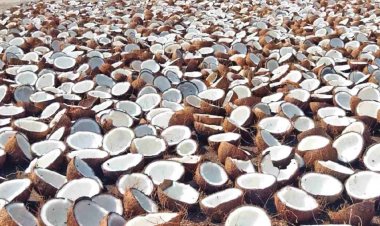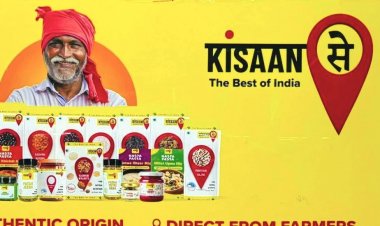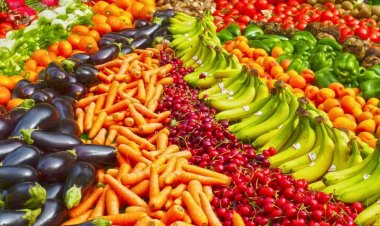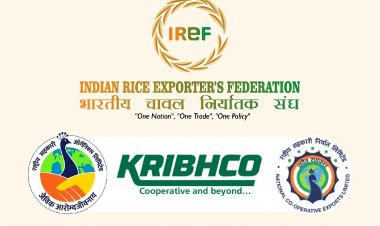Global prices of DAP come down to $860; phosphoric acid prices likely to touch $1,500
Several companies, including OCP, the Moroccan company that determines the price level of phosphoric acid and phosphatic fertilizers in the global market, have reduced phosphoric acid prices. Contracts for phosphoric acid have been entered into with some Indian companies at prices of $1,715 per tonne. The phosphoric acid prices are likely to come down to $1,500. Besides, the DAP prices have also come down to about $860 per tonne. According to fertilizer industry sources, the prices are likely to fall further in the days to come.
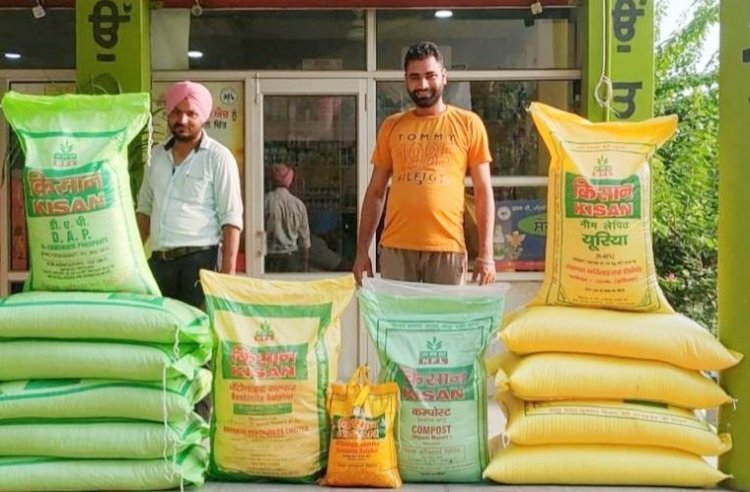
Several companies, including OCP, the Moroccan company that determines the price level of phosphoric acid and phosphatic fertilizers in the global market, have reduced phosphoric acid prices. Contracts for phosphoric acid have been entered into with some Indian companies at prices of $1,715 per tonne, but the prices are likely to go down to $1,500. Besides, the Di-Ammonium Phosphate (DAP) prices have also come down to $860 per tonne. According to fertilizer industry sources, the prices are likely to fall further in the days to come. This development on the price front is to India’s advantage and is going to bring relief to the government on the fertilizer subsidy front.
Morocco has 70-75 per cent of the global raw material reserves for phosphatic fertilizers and it is its state-owned OCP Group that guides the global prices. The rest of the reserves are in Russia, Jordan, Saudi Arabia and China. OCP had not fixed even the provisional prices for the April-June quarter. India had to face a lot of pressure due to high prices. According to industry sources, OCP has not fixed the prices even now for the July-October quarter. But it is entering into direct contracts with the companies. Some of the Indian companies had entered into phosphoric acid contracts with SABIC, the Saudi Arabian fertilizer company, at prices of $1,715 per tonne. However, in view of the recent global market situation, these prices may come down to $1,500 per tonne. Three months ago, OCP was unwilling to bring down phosphoric acid prices below $2,000 per tonne.
The DAP prices hovered around $1,025-1,040 per tonne in June. But the government had asked the fertilizer companies not to enter into import contracts for DAP at prices above $920 per tonne. It had said that the importing companies would qualify for subsidies only if the contracts were signed at or below this price. Industry sources say that some of the companies had entered into import contracts at prices as high as $950-960 per tonne. These prices have now come down to $860 per tonne.
Over the last few months, 10 shiploads of fertilizers came to the country. Of these, seven shiploads came from OCP while two shiploads of DAP came from China. About 50,000 tonnes of fertilizer is imported in a shipload. About a year and a half ago, China had prohibited DAP exports. The DAP prices went up in the global market due to this. Meanwhile, about a month and a half ago, with Bangladesh participating in a tender, China made its comeback to the DAP export market.
With a view to not letting the DAP prices go up too high, the government has raised the subsidy on it three times in the last one-and-a-half years. During this period, a massive hike was witnessed in fertilizer prices in the international market, which led the government to increase the subsidies on decontrolled fertilizers in May 2021, October 2021 and on April 27 this year so that the price level could remain low for the farmers. However, the DAP bag (50kg) price for the farmers had gone up from Rs 1,200 to Rs 1,350.
According to industry sources, the import price of DAP is running at $860 per tonne (CFR) currently. Besides, there is an import cess of 5 per cent as well as port handling and bagging charges. The industry has been running into losses despite the subsidy given by the government. Going by the current subsidy rates and prices fixed for the farmers, the breakeven price for the companies is $860-870 per tonne. Losses are not likely in the contracts at the new prices if we take into account the subsidy given by the government, but industry sources speak of companies having incurred losses on the prices at which imports have been made so far.
Industry sources say that OCP has been forced to reduce DAP prices, thanks to the strategy adopted by India on its import front. Working at a diplomatic level for imports, India made DAP import contracts with countries like Russia and Saudi Arabia. It was due to this that adequate DAP availability was maintained in the Kharif season. This strategy may result in a further reduction in DAP prices in the days to come. As far as the availability of DAP and other complex fertilizers in the country is concerned, the situation is better. Industry sources say the availability of DAP will be in a better situation in the coming Rabi season.
In April, the government had decided to raise the subsidy on DAP from Rs 1,650 per bag to Rs 2,501 per bag, an increase of 50 per cent from the subsidy rates last year. After the new rates for the Nutrient-Based Subsidy (NBS) scheme, the DAP subsidy now stands at Rs 50,013 per tonne. Also, the companies raised the DAP prices by Rs 150 per bag in March to make it available at Rs 1,350 per bag (50kg).



 Join the RuralVoice whatsapp group
Join the RuralVoice whatsapp group

















